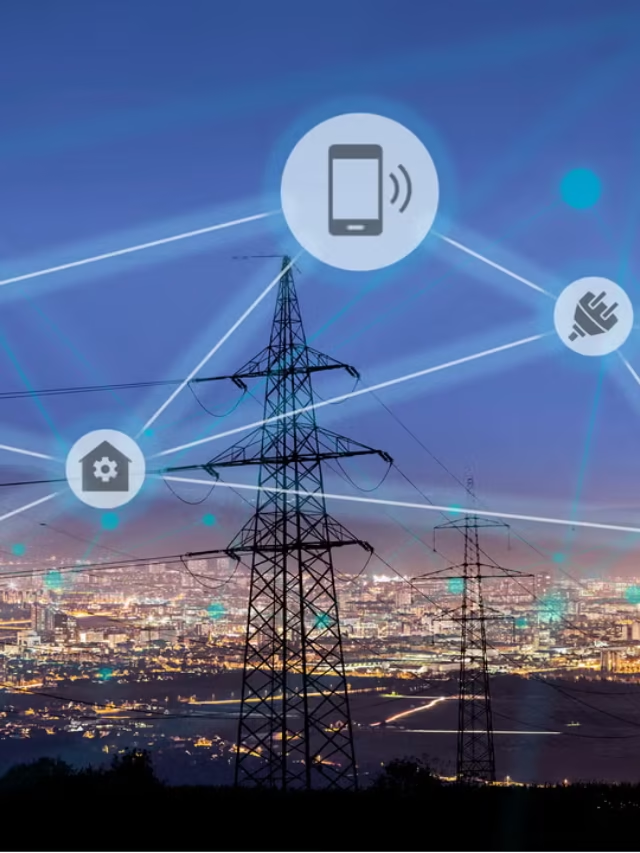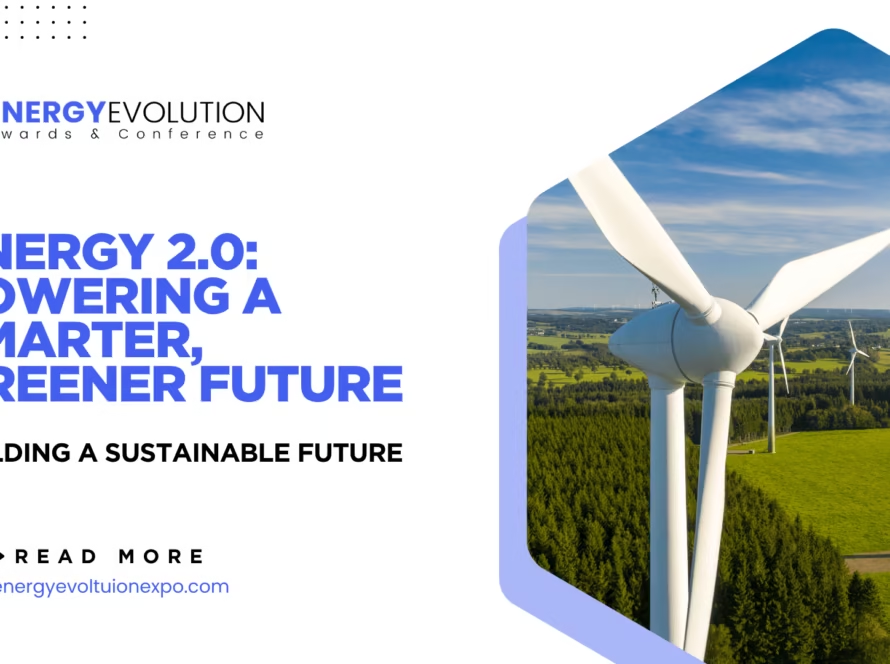In an era defined by digital transformation and climate urgency, the way we generate, distribute, and consume electricity is undergoing a fundamental shift. Traditional power grids—built decades ago—are struggling to meet the demands of today’s dynamic, decentralized, and renewable-powered world.
Enter the Smart Grid: a digitally enhanced power infrastructure that, when combined with Artificial Intelligence (AI), transforms how electricity is managed and delivered—making the entire system more efficient, resilient, and environmentally responsible.
What is a Smart Grid?
A Smart Grid is an advanced electricity network that uses digital communication technology, sensors, and analytics to monitor and manage electricity from generation to consumption. Unlike conventional grids, which function on a one-way supply chain model, smart grids enable two-way communication—allowing utilities and consumers to interact in real time.
These grids can:
Detect and respond to local changes in electricity usage
Integrate variable renewable energy sources like wind and solar
Anticipate outages and reroute electricity instantly
Empower consumers to manage their own energy usage through smart meters
The Role of AI in Smart Grids
AI acts as the brain of the Smart Grid. With massive data streams flowing in from smart meters, IoT devices, weather stations, and substations, AI processes and analyzes this data to make intelligent, real-time decisions. Key AI capabilities include:
Load Forecasting: AI predicts future electricity demand using historical data, time of day, seasonality, and weather patterns.
Grid Optimization: Machine learning algorithms balance supply and demand, avoiding blackouts and optimizing energy flows across regions.
Anomaly Detection: AI spots irregularities in the grid—like voltage drops or overheating equipment—and can trigger automatic responses or alerts.
Renewable Integration: By forecasting wind speeds or sunlight intensity, AI helps stabilize grids that rely on variable green energy sources.
Real-World Example: Google DeepMind + UK National Grid
A standout example is Google DeepMind’s collaboration with the UK’s National Grid. DeepMind developed an AI model that can predict UK energy demand up to 48 hours in advance with 99.6% accuracy. By anticipating spikes and lulls in demand, the AI helps optimize grid operations and reduces dependency on fossil-fuel backup systems.
This advancement not only supports the UK’s carbon neutrality goals but also demonstrates how AI can power a smarter, greener energy infrastructure.
Real-World Example: AI and Smart Meters in India
In India, Tata Power Delhi Distribution Limited (TPDDL) has deployed AI-enabled smart meters and grid management systems. These use predictive analytics to reduce power theft, forecast demand, and improve overall grid efficiency.
This initiative shows how AI can address local energy challenges while paving the way for intelligent infrastructure in developing economies.
Benefits of Smart Grids + AI
Operational Efficiency: Better demand prediction, fewer outages, and optimized asset performance.
Consumer Empowerment: Users can track usage in real time and reduce bills through dynamic pricing.
Environmental Impact: Better integration of renewables and lower carbon emissions.
Economic Resilience: Reduced reliance on fossil fuels and minimized costs associated with blackouts or infrastructure failures.
Challenges and the Way Forward
Despite their promise, smart grids face hurdles like high upfront infrastructure costs, data privacy concerns, and the need for regulatory support. However, with continued innovation and investment—particularly in AI—these challenges can be overcome.
Governments, energy providers, and tech firms must collaborate to ensure interoperability, cybersecurity, and equity in energy access.
Conclusion: Powering the Future with Smart Energy
As industries grow more connected and digitally enabled, energy intelligence is becoming a core pillar of innovation. Smart Grids and AI don’t just modernize energy—they lay the foundation for Digital Supply Chains (DSC).
A reliable, adaptive grid ensures that factories, warehouses, and logistics hubs stay powered with precision and sustainability. AI-driven energy forecasting helps align energy consumption with production schedules, while resilient grids keep essential services running 24/7.
Events like the Energy Evolution Awards and Conference 2026 will spotlight how next-gen energy systems are shaping global commerce, with innovations that integrate power, data, and sustainability.




